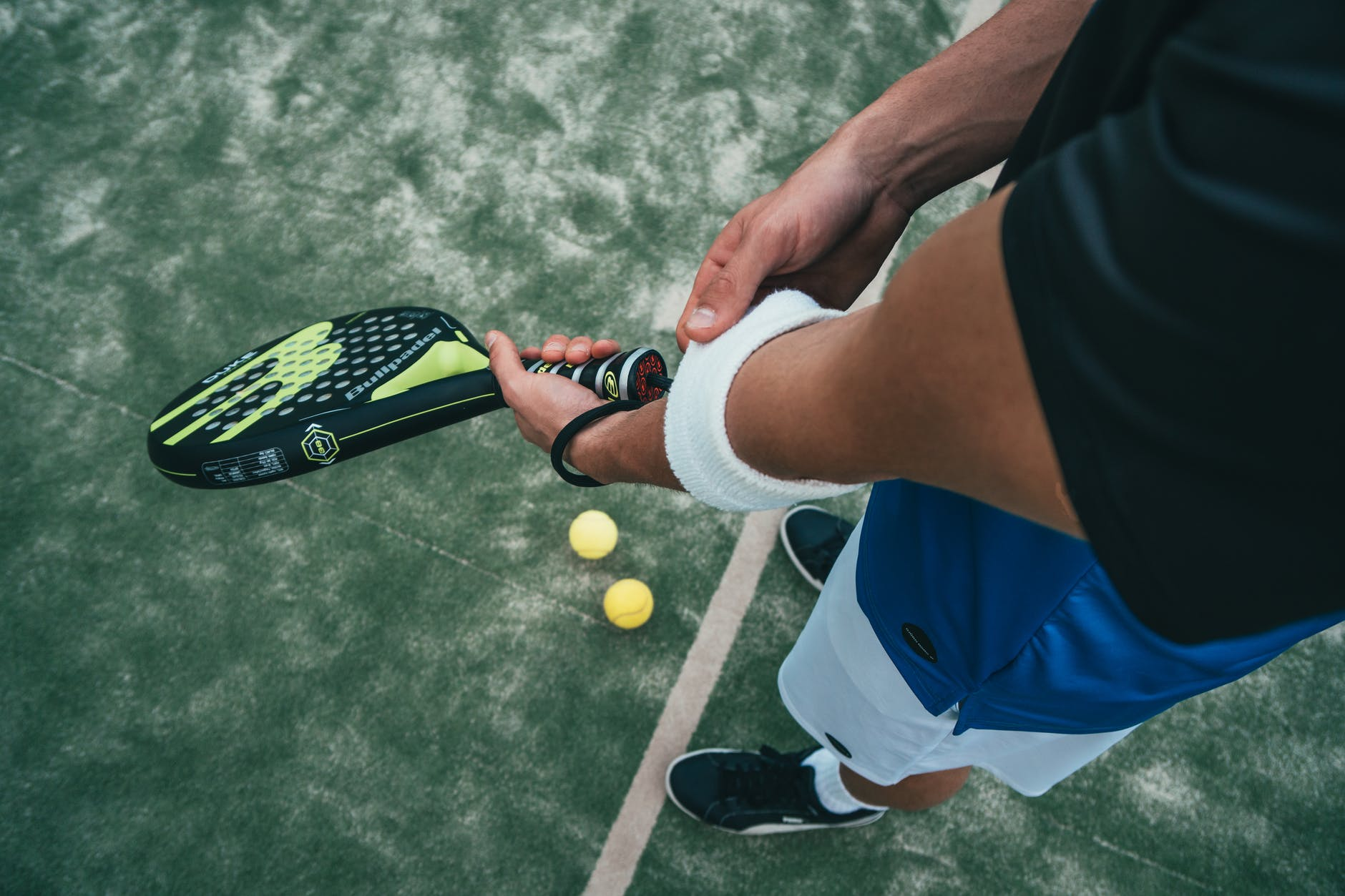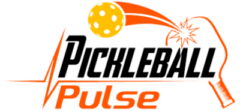
Pickleball is fast becoming a popular sport, thanks to its simple rules and that fact it is a lot of fun. Played with a paddle – it’s one of many games that use this sort of, for want of a better word, bat – it is fast, and a great game to play with friends. One of the most frequently asked questions by newcomers is how to hold the paddle. Fundamentally, it’s actually a case of pick it up the way it feels most natural to you, but there are some advantages in holding it in certain ways. Below, we will explain the various grips to use, and why they may be advantageous.
Pickleball Paddle Grips
If you pick up a paddle and hold it in your playing hand, you will likely be not far away from the standard grip. This is otherwise known as the ‘Continental Grip’ and is the one used by the vast majority of players. We will say this point that the grip you use should be the one that you feel most comfortable with: there is no rule as to how you should hold a paddle, it’s simply that the continental grip is – for most people – the one that comes naturally.
But, it is also important to know there are variations on the continental grip. This may actually work in your favour, as it gives you a variety of methods to try if the standard one is not comfortable for you.
The standard continental hold is simple: pick up the paddle, and hold the handle as if you were shaking hands. Now wrap your hand around the paddle. You should now have your fingers around the right side, thumb on the left (vice-versa if you are left-handed). That is it, that’s the continental grip. Now onto those variations!
Neutral, Strong and Weak Grips
Why are we talking about variations? The reason is that while the standard continental grip will enable you to play the majority of shots you will need in a pickleball game, there are two variations that – once you get the hang of the game – you will naturally switch to and between when in play. Let’s start with the ‘neutral grip’.
The Neutral Grip
This is as described above: the standard continental grip, arrived at by the handshake method. This is the grip for forehand shots. When you grasp the paddle as we described, look down at your hand: your thumb and forefinger should form a natural ‘v’ directly above the handle when the paddle is held vertically. You’ve got the neutral grip right!
The Strong Grip
As you become more experienced you will discover that different versions of the continental grip come naturally. The strong grip is achieved by moving your grip to the right (left for left-handers) around the handle. Now, that ‘v’ will be pointing to the right.
Why is this important? Firstly, the strong grip is ideal for overhead shots and hard smashes. This is because, while you have the paddle gripped this way, you will find there is far more power available. Many players actually find this – rather than the neutral grip – to be the default, and this may be the case for you.
This is a grip for power shots; for shots at the net, such as underhand dinks, the neutral grip is better. However, it’s up to the individual player to discover their best technique. When using this grip, your arm and wrist are perfectly aligned with the paddle – hence its usefulness for power shots.
The Weak Grip
The opposite of the strong grip, this is achieved by rotating your grip the other way. However, it is rarely used in pickleball unless you want to use spin shots. One of the purposes of pickleball is that it is a ball and paddle game that is kept simple. By getting into too many grips things can become needlessly complex. Most player stick with the strong and neutral grip positions, and don’t use this one.
Summary
Holding a pickleball paddle is simple; grasp it as if you were to shake hands and you have it. Rotate your grip and you have the strong grip. One thing we will add is that of where to hold your paddle.
This is entirely up to the player. Most players will hold the paddle – while waiting for play – in a relaxed position in front of them. Others hold it out in front, as you would with a tennis racquet. As with all things pickleball, find the stance and position that you are comfortable with, and it will help your game.
We know that some of the above may appear complex in writing. Our advice is read through and have a go, and play as much as you can while trying all the advice above. Pickleball is great fun, and once you find a comfortable grip and it becomes natural, you will play a much better game.

Yeah, this is cool information for anyone new to pickleball! It’s great to see such a clear breakdown of the different grips and their applications. One additional suggestion I’d offer is to experiment with grip pressure. Sometimes, players grip the paddle too tightly, which can lead to fatigue and less control. Try to find a balance where you’re holding the paddle firmly enough for control, but not so tight that your muscles tire quickly. Keep up the good work on the court!
Thanks for your comment! I believe the optimal pickleball grip pressure should be moderate, around 4 to 6 on a scale of 1 to 10, balancing control and reducing fatigue. Too tight a grip can cause injury and quick exhaustion, as you mentioned. Players (particularly beginners) should practice maintaining this pressure, pay attention to body signals, and use relaxation methods to reduce risk of injury.